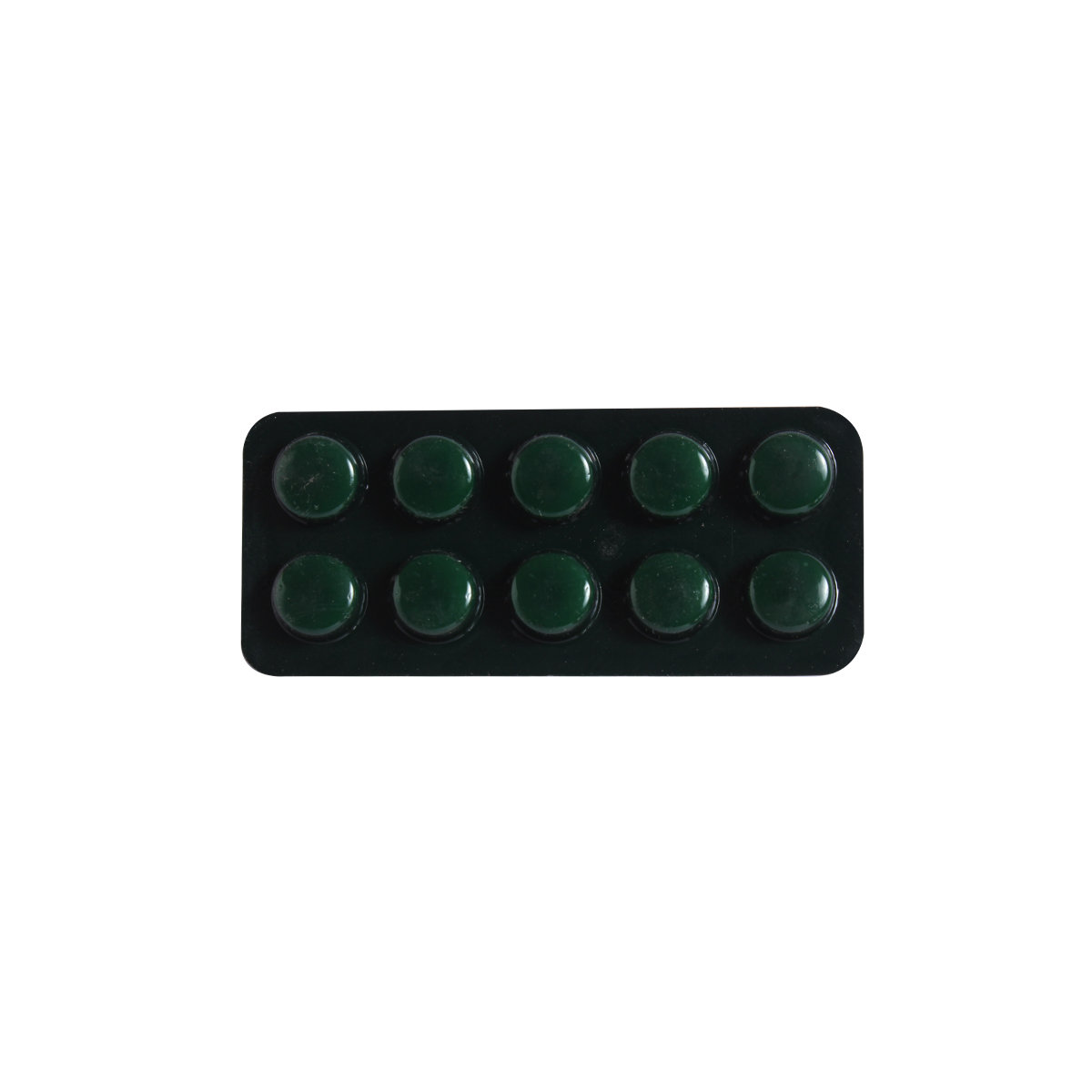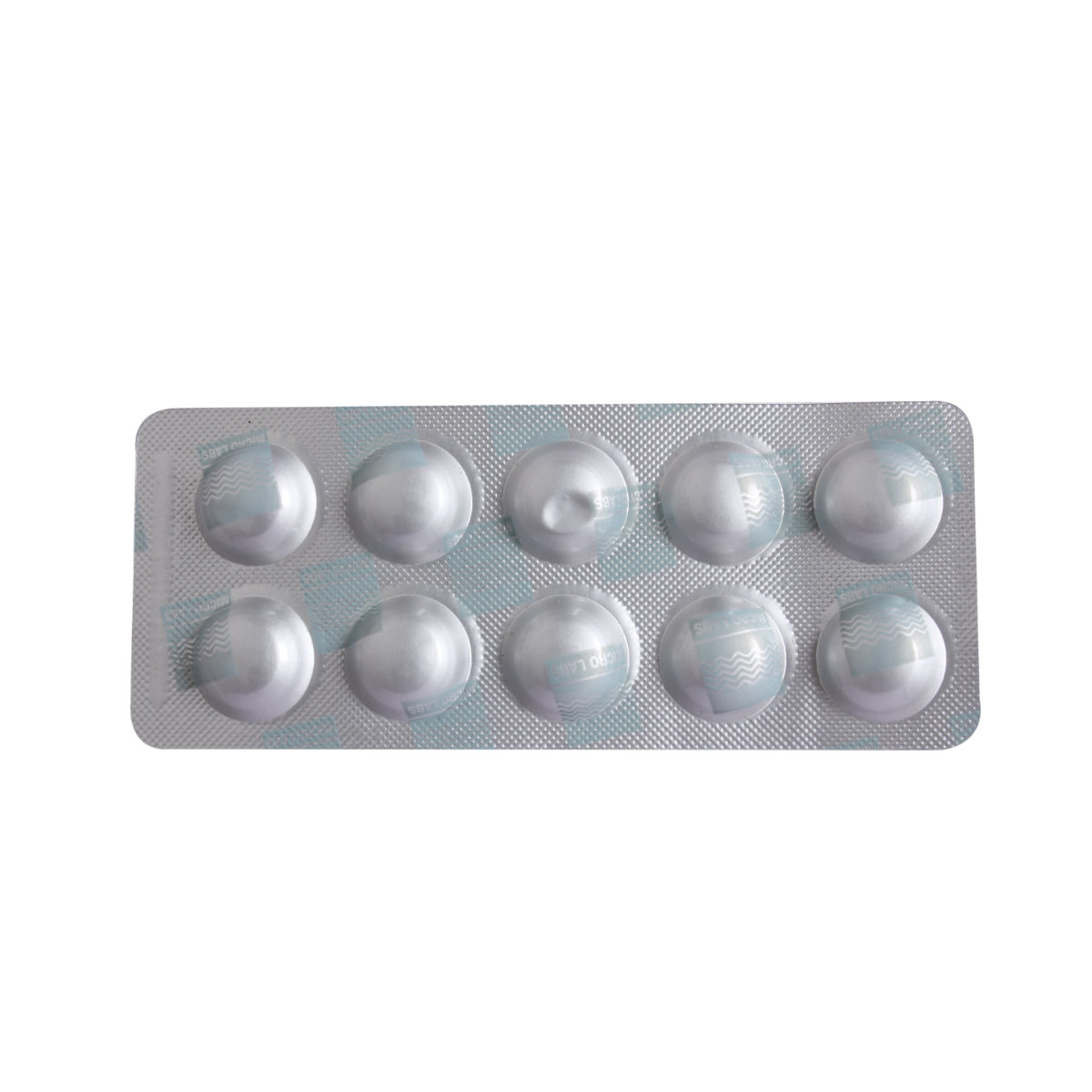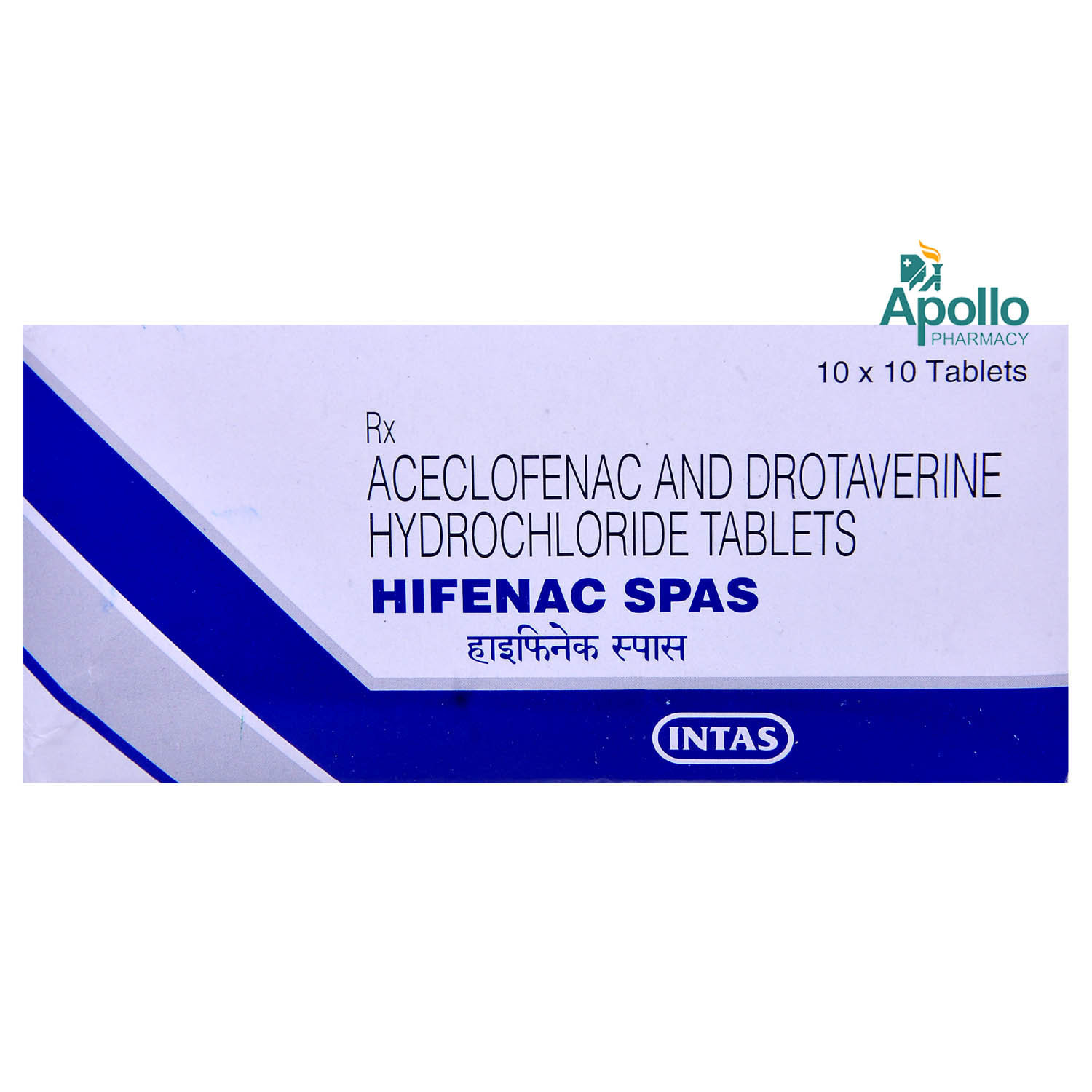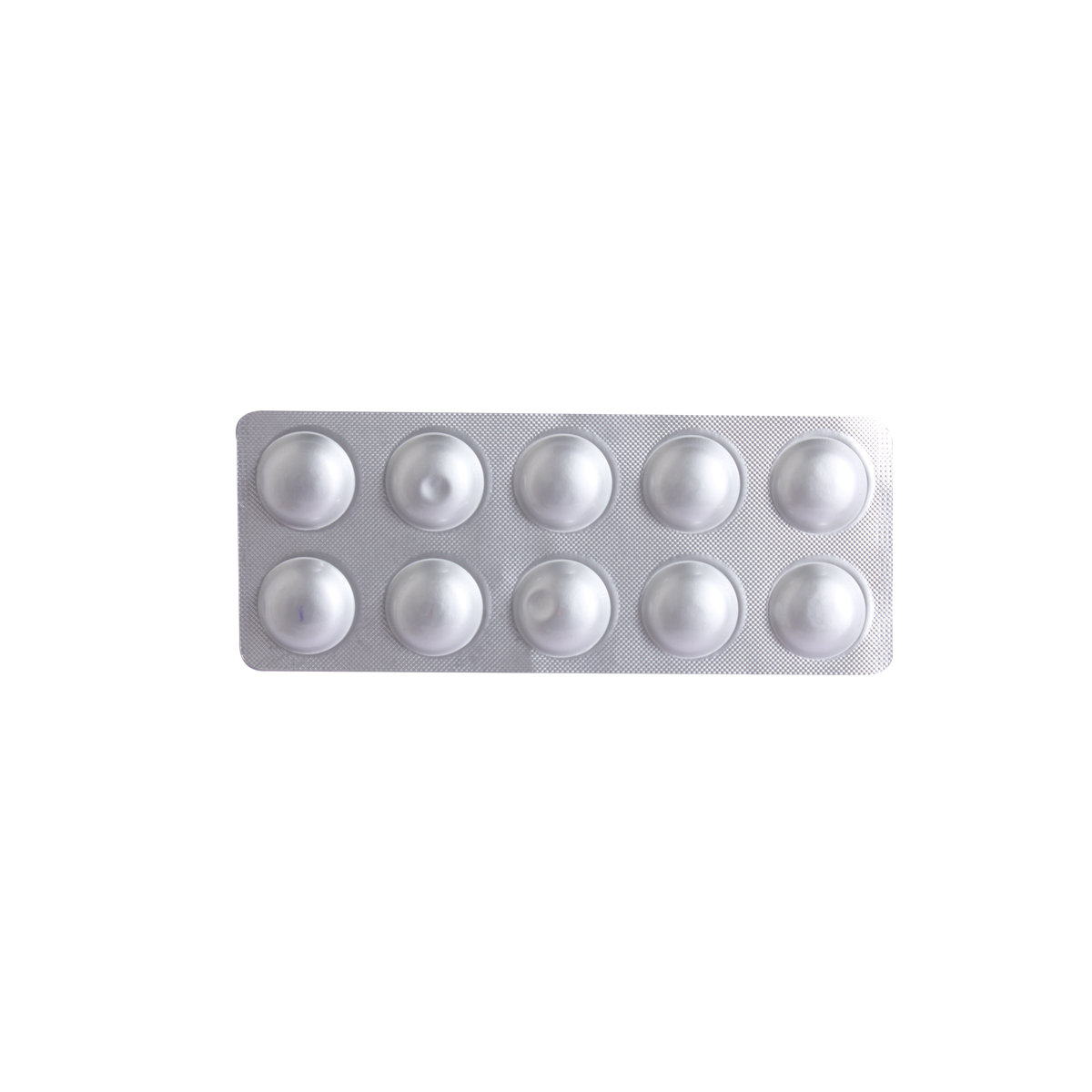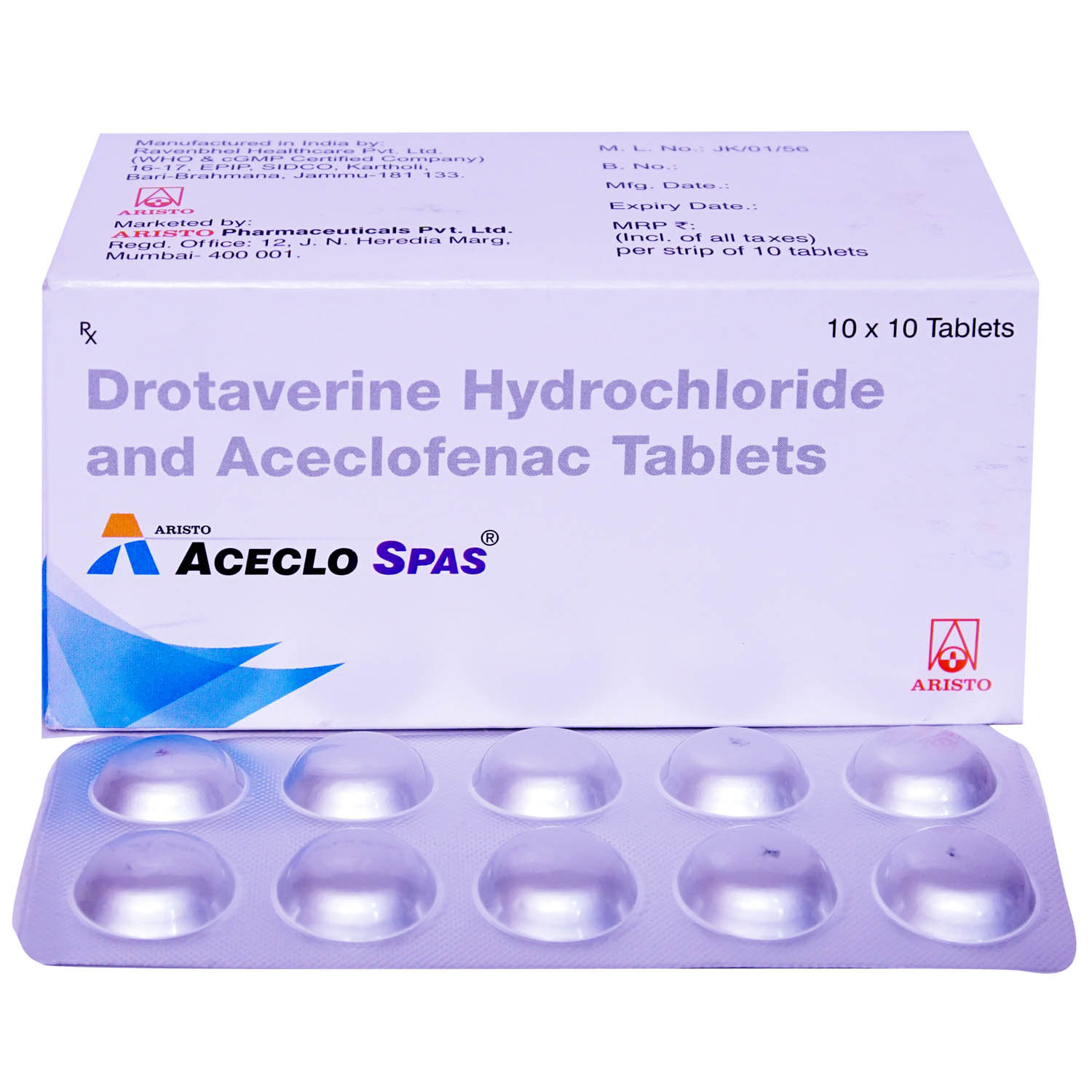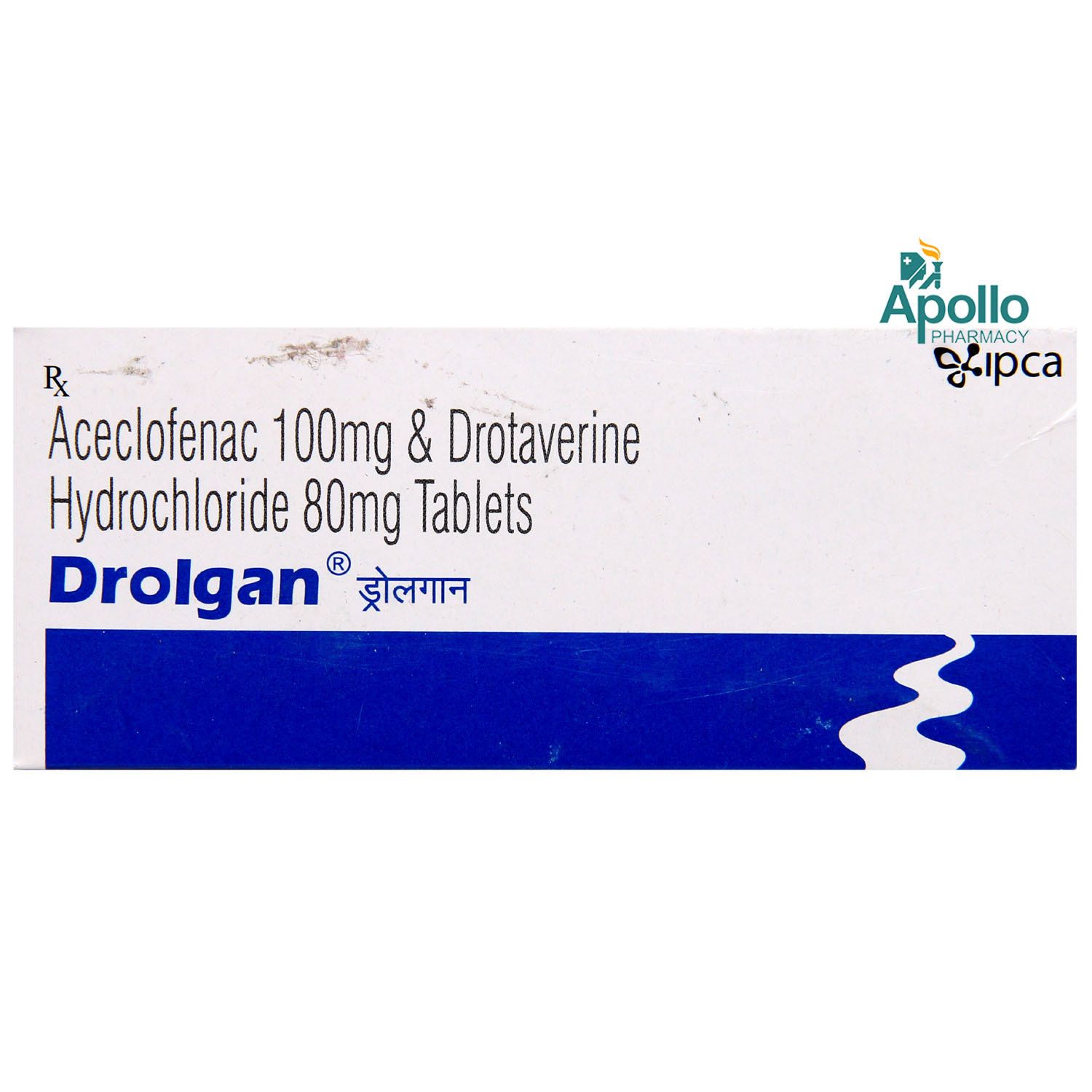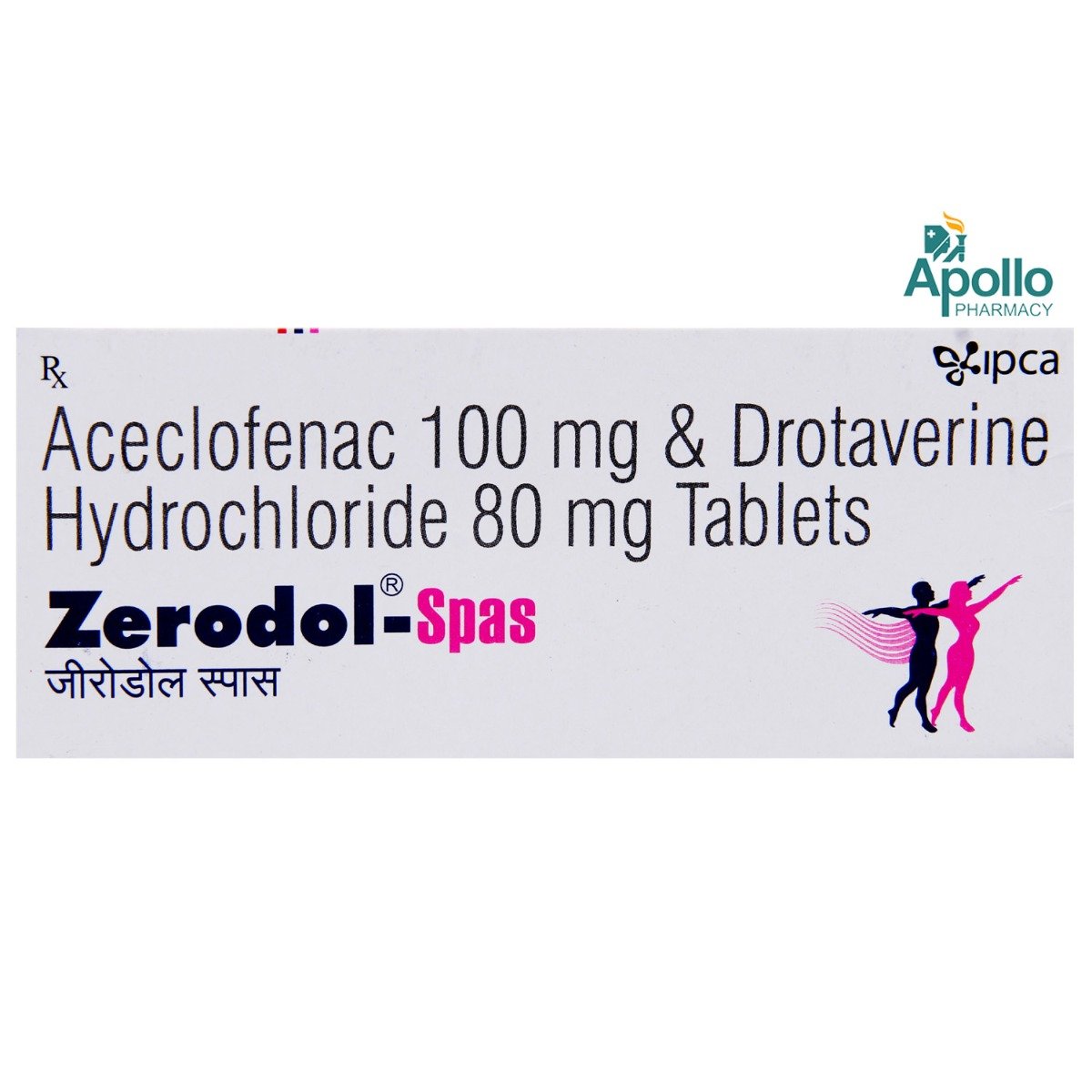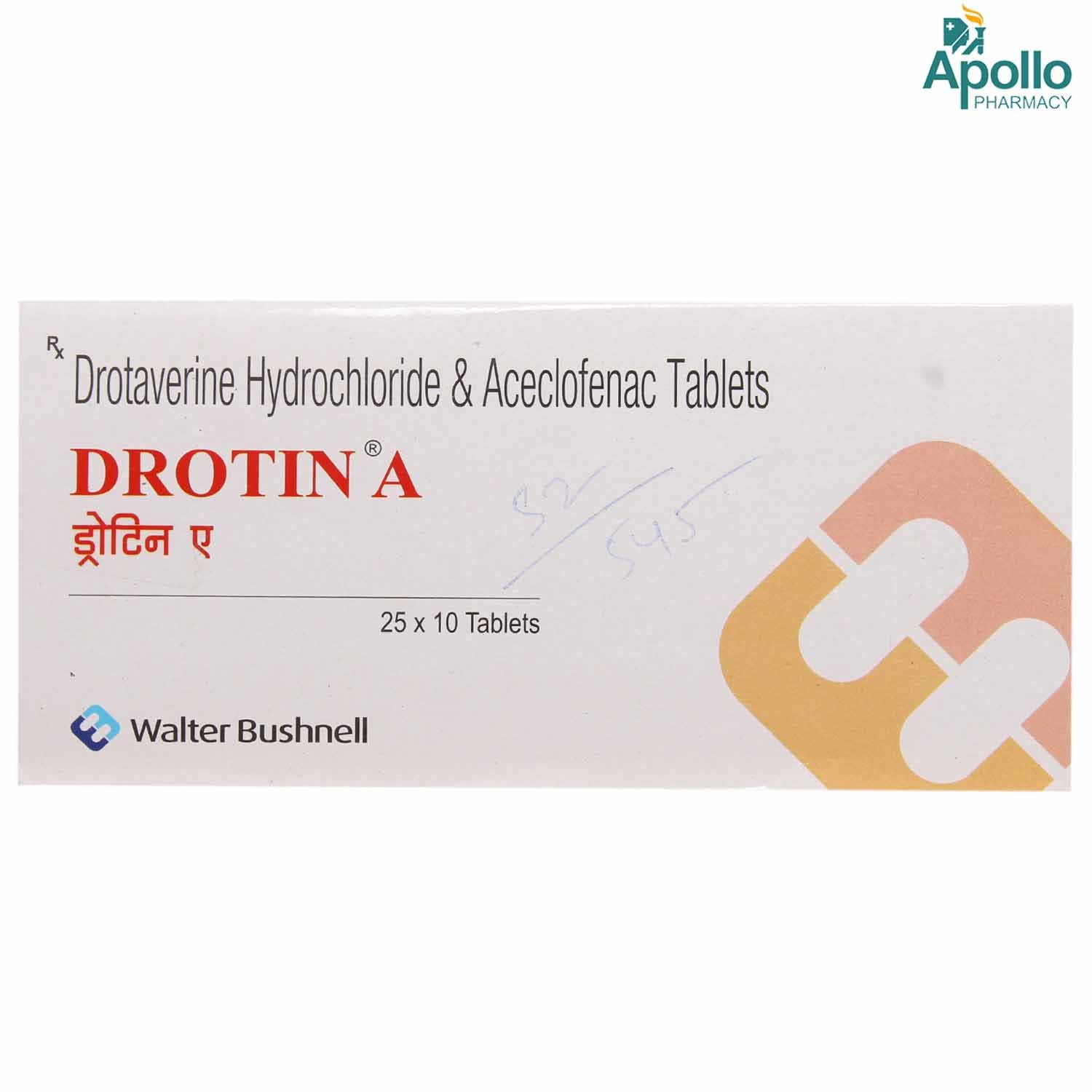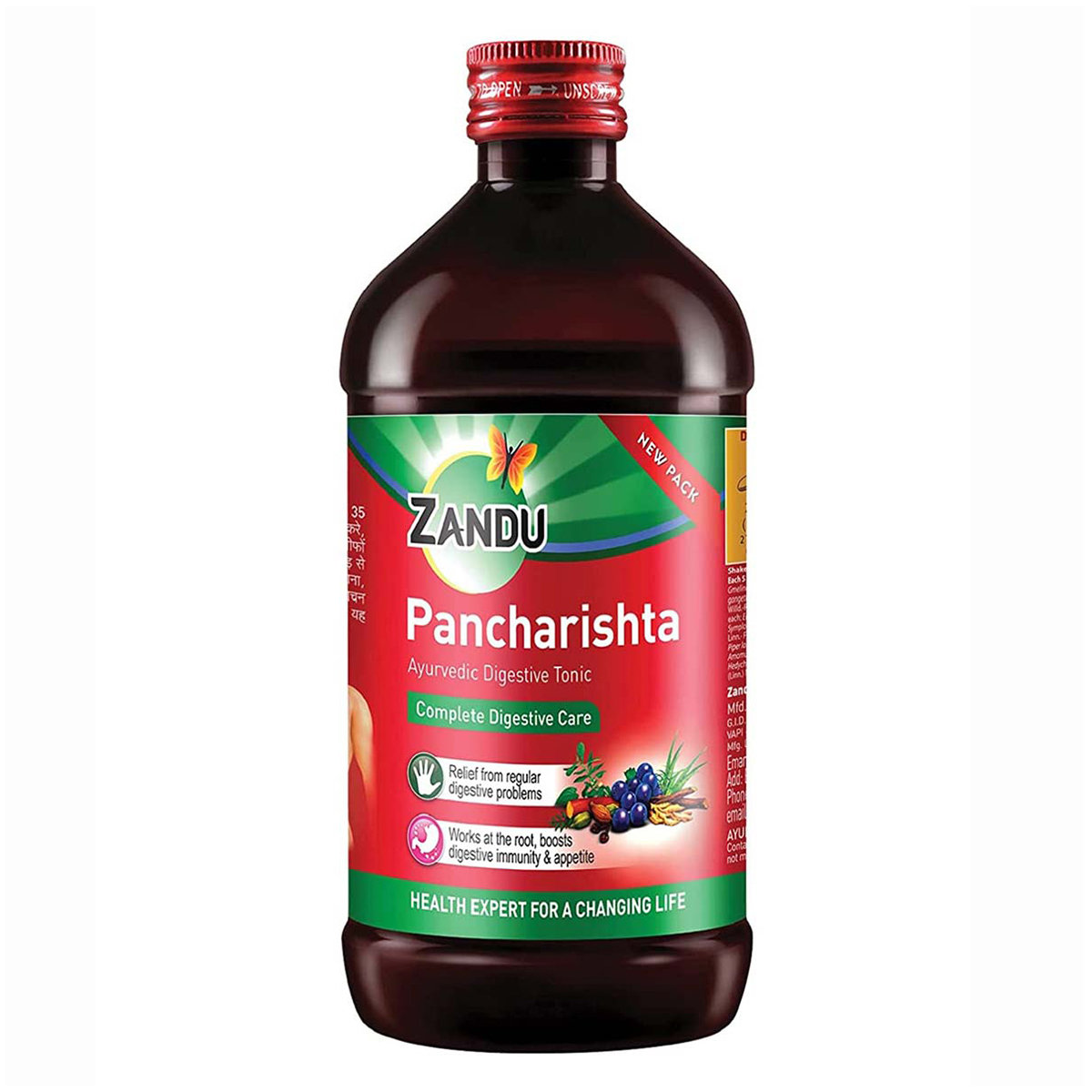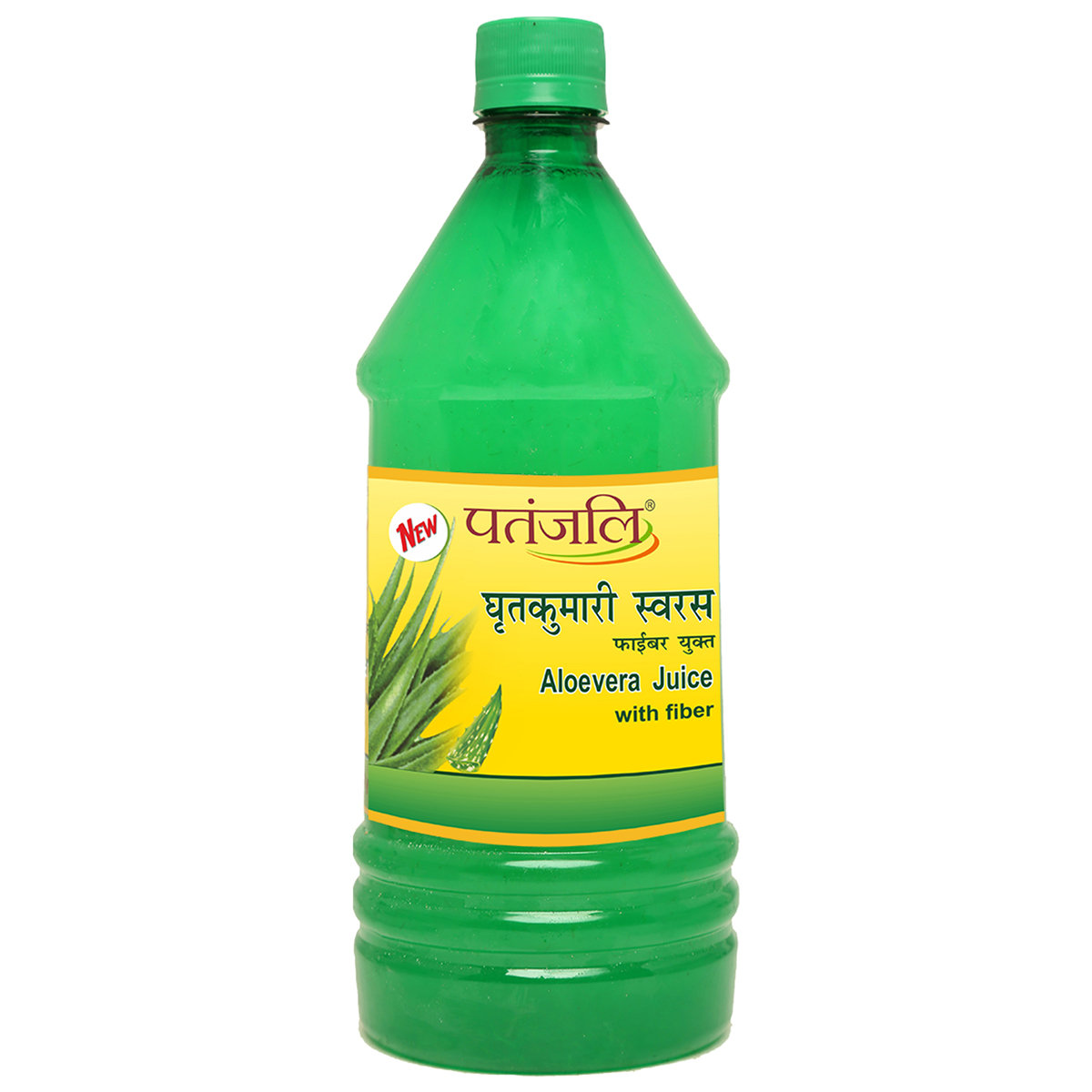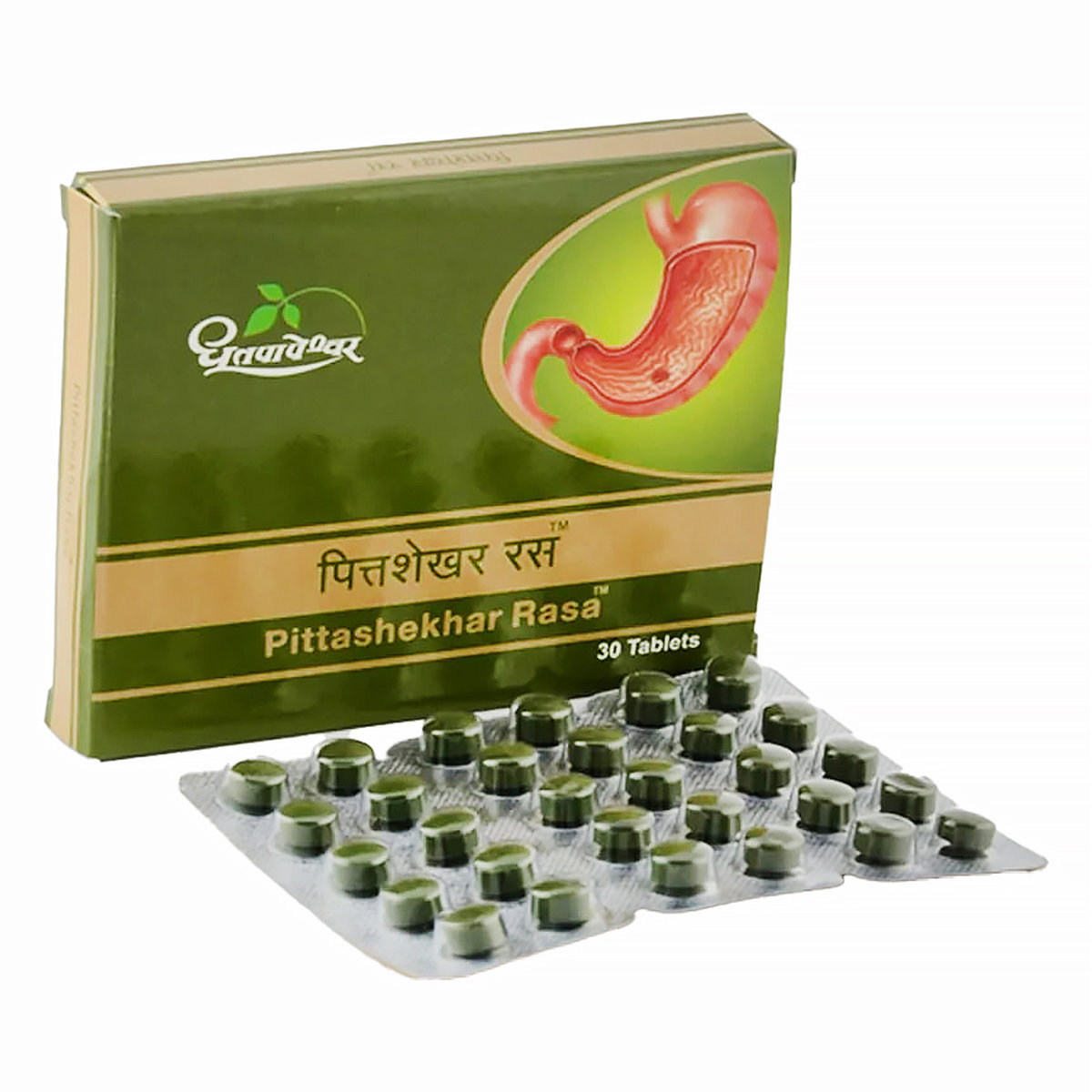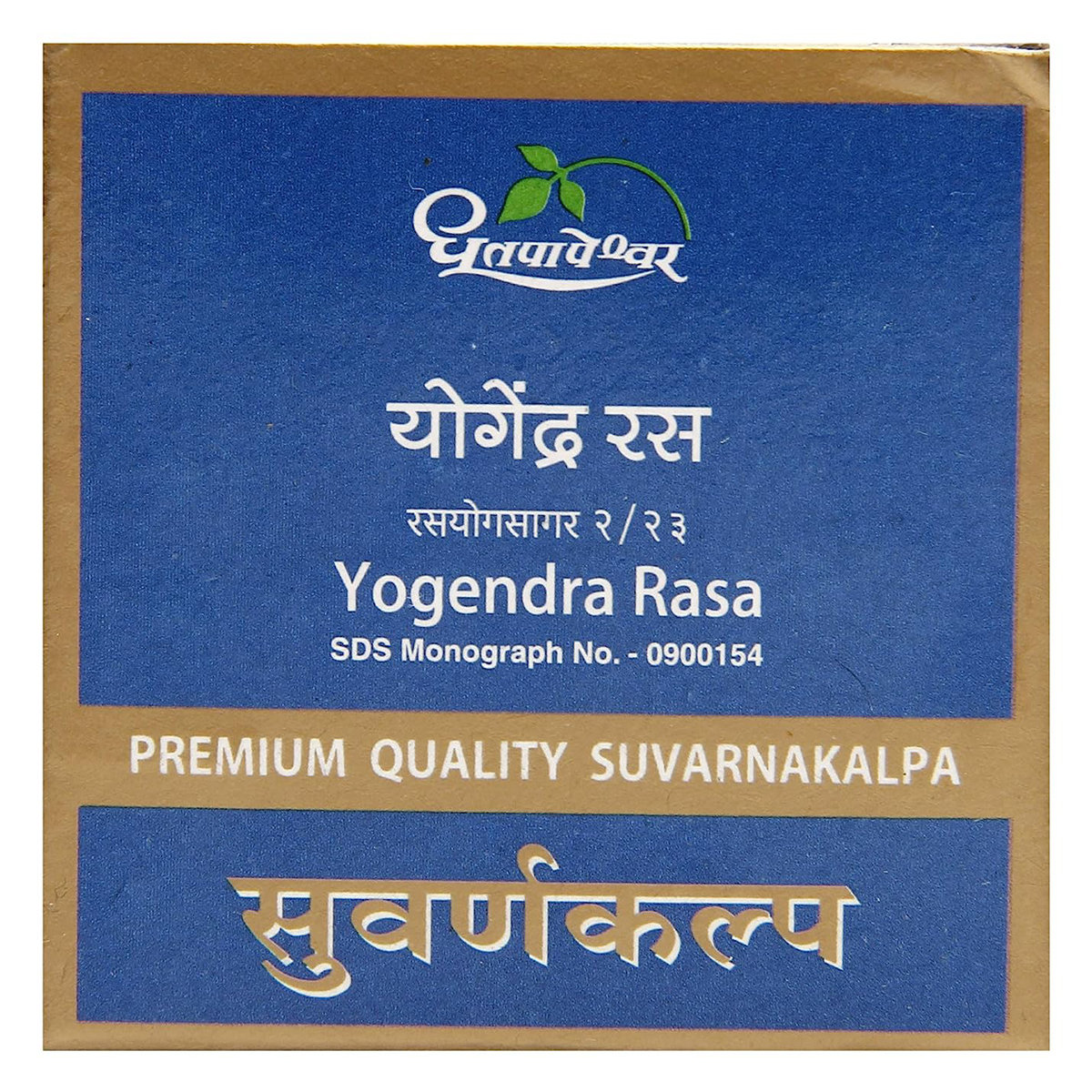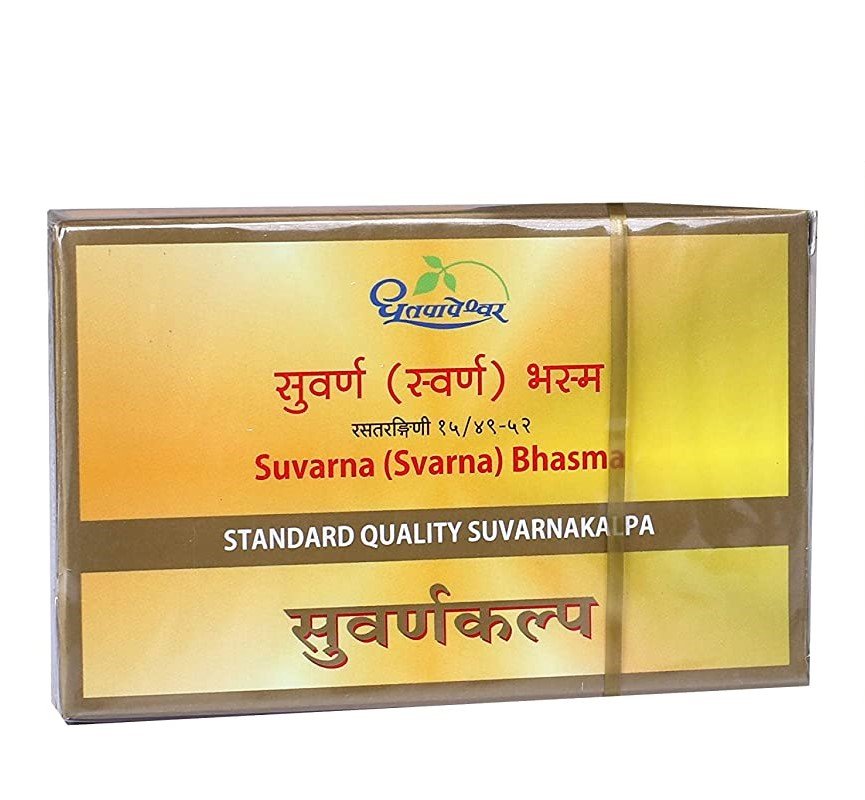Rinedro Tablet
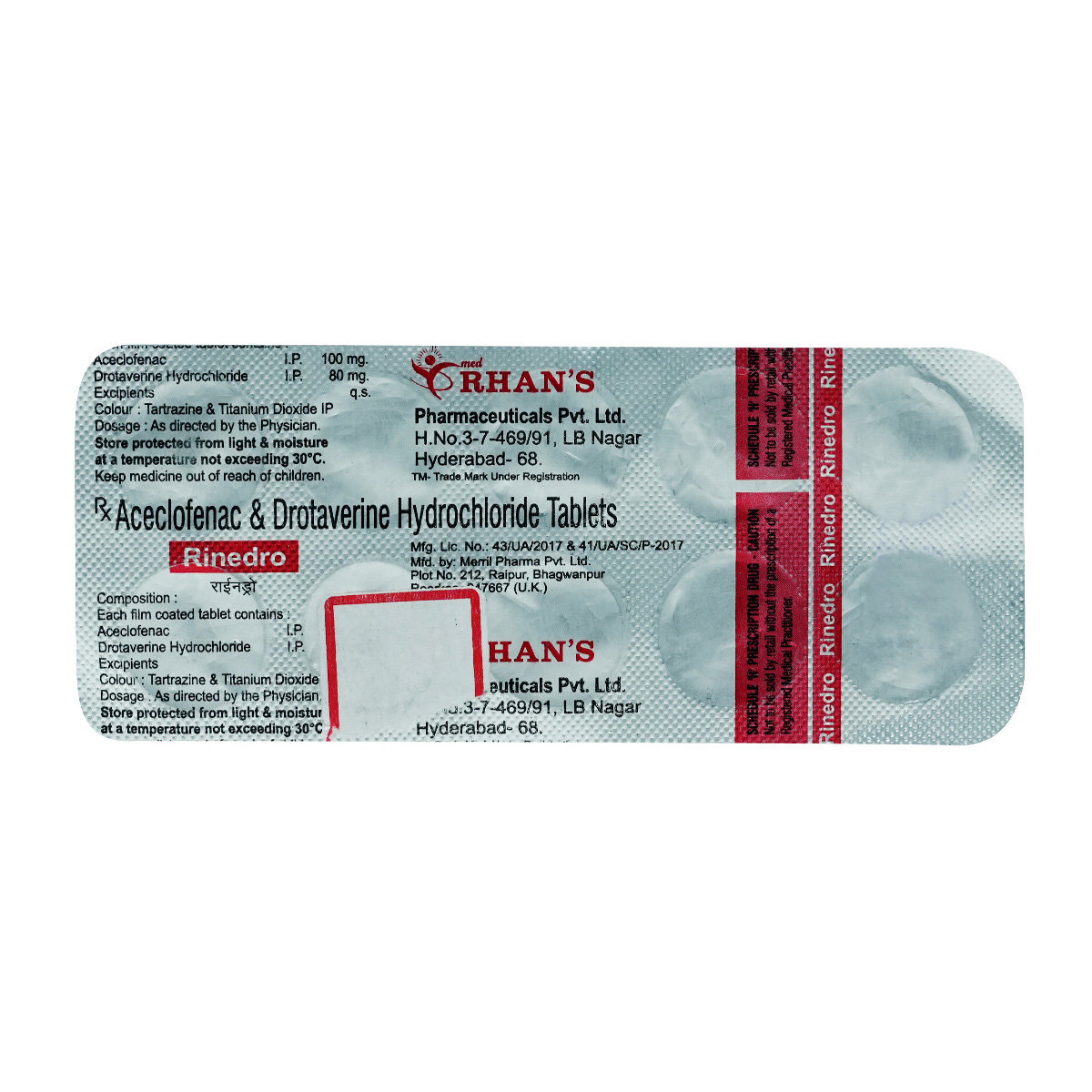


MRP ₹120
(Inclusive of all Taxes)
₹18.0 Cashback (15%)
know your delivery time
Provide Delivery Location
Composition :
Manufacturer/Marketer :
Consume Type :
Expires on or after :
Return Policy :

Secure Payment

Trusted by 8 Crore Indians

Genuine Products
Therapeutic Class
Country of origin
Manufacturer/Marketer address
Author Details
We provide you with authentic, trustworthy and relevant information
Disclaimer
Alcohol
Safe if prescribed
Avoid consumption of alcohol while taking Rinedro Tablet as it may increase drowsiness. It can also increase the risk of stomach bleeding.
Pregnancy
Consult your doctor
Please consult your doctor if you have any concerns regarding this, your doctor will prescribe only if the benefits outweigh the risks.
Breast Feeding
Consult your doctor
It is not recommended to use Rinedro Tablet while breastfeeding.
Driving
Safe if prescribed
Rinedro Tablet may cause drowsiness. Do not drive or operate machinery unless you are alert.
Liver
Consult your doctor
Dose adjustment may be needed in patients with liver impairment. Please consult your doctor if you have a liver impairment or any concerns regarding this.
Kidney
Consult your doctor
Dose adjustment may be needed in patients with kidney impairment. Please consult your doctor if you have kidney impairment or any concerns regarding this.
Children
Safe if prescribed
Rinedro Tablet should not be given to children as the safety and effectiveness were not established.
Product Substitutes
About Rinedro Tablet
Rinedro Tablet is a combination medication used to reduce and relieve abdominal pain and cramps. Abdominal (tummy) pain occurs between the chest and pelvic region (below the belly button and leg). Abdominal cramps can be due to bloating (trapped wind), diarrhoea, kidney stones, stomach ulcer, appendicitis or other gastrointestinal conditions like inflammatory bowel disease (IBD).
Rinedro Tablet is a combination of two drugs, namely: Drotaverine (antispasmodic) and Aceclofenac (pain killer). Drotaverine works by relieving contractions associated with smooth muscles of the abdomen. Aceclofenac works by blocking the effect of chemical messengers that cause pain and inflammation. Together, Rinedro Tablet helps in relieving abdominal pain and cramps.
You are advised to take Rinedro Tablet for as long as your doctor has prescribed it for you depending on your medical condition. In some cases, you may experience certain common side-effects such as nausea, vomiting, diarrhoea, dizziness and indigestion. Most of these side-effects do not require medical attention and will resolve gradually over time. However, you are advised to talk to your doctor if you experience these side-effects persistently.
Consult your doctor if you are pregnant or breastfeeding. Rinedro Tablet may cause drowsiness and dizziness, so drive with caution. Rinedro Tablet should not be given to children as safety and efficacy have not been established. Avoid consuming alcohol along with Rinedro Tablet as it could lead to increased drowsiness and dizziness; it might also increase the risk of stomach bleeding. Keep your doctor informed about your health condition and medicines to rule out any side-effects.
Uses of Rinedro Tablet
Medicinal Benefits Mweb
Key Benefits
Rinedro Tablet is a combination of two drugs, namely: Drotaverine and Aceclofenac. Drotaverine is an anti-spasmodic, whereas aceclofenac is a pain killer. Rinedro Tablet is used to reduce and relieve abdominal pain which occurs between the chest and pelvic region (below the belly button and leg). Drotaverine works by relieving contractions associated with smooth muscles of the abdomen (belly). On the other hand, Aceclofenac works by blocking the effect of chemical messengers that cause pain and inflammation. Together, Rinedro Tablet helps in relieving abdominal pain and cramps due to various gastrointestinal conditions.
Directions for Use
Side Effects of Rinedro Tablet
- Nausea
- Vomiting
- Diarrhoea
- Dizziness
- Indigestion
Drug Warnings
Do not take Rinedro Tablet if you are allergic to any of its components, have severe heart failure, have suffered bleeding problems such as bleeding from the stomach or bowels while taking any pain killers. Inform your doctor if you have/had high blood pressure, heart problems, high cholesterol, diabetes, asthma, liver and kidney problems. Consult your doctor if you are pregnant or breastfeeding. Rinedro Tablet may cause drowsiness and dizziness, so drive only if you are alert. Rinedro Tablet should not be given to children as safety has not been established. Avoid consuming alcohol along with Rinedro Tablet as it could lead to increased drowsiness and may increase the risk of stomach bleeding. Stop taking Rinedro Tablet and consult your doctor immediately if you have stomach pain or any signs of bleeding in the intestine or stomach such as blood in stools. Do not take any other NSAIDs (pain killers) for pain relief along with Rinedro Tablet unless prescribed. Keep your doctor informed about your health condition and medicines to rule out any side-effects.
Drug-Drug Interactions Checker List
- ASPIRIN
- IBUPROFEN
- NAPROXEN
- CELECOXIB
- ETORICOXIB
- WARFARIN
- HEPARIN
- CLOPIDOGREL
- FUROSEMIDE
- HYDROCHLOROTHIAZIDE
- METHOTREXATE
- CYCLOSPORINE
- TACROLIMUS
- LITHIUM
- CITALOPRAM
- ESCITALOPRAM
- FLUOXETINE
- PAROXETINE
- SERTRALINE
- DIGOXIN
- LOSARTAN
- HYDRALAZINE
- METHYLDOPA
- CLONIDINE
- MOXONIDINE
- PROPRANOLOL
- CIPROFLOXACIN
- OFLOXACIN
- LEVOFLOXACIN
- MOXIFLOXACIN
- GLIBENCLAMIDE
- GLICLAZIDE
- HYDROCORTISONE
- PREDNISOLONE
Habit Forming
Diet & Lifestyle Advise
- Exercising regularly helps in muscle stretching so that they are less likely to spasm, tear and sprain. Mild exercises such as jogging and walking are helpful for muscle stretching.
- Massages can also be helpful.
- Avoid freezing and hot temperatures.
- Avoid wearing tight-fitting clothes, instead, wear loose garments.
- Rest well, and get plenty of sleep.
- To avoid developing pressure sores, change your position at least every two hours.
- Hot or cold therapy can help treat muscle spasms. Apply an ice-pack or hot-pack on the muscle for 15-20minutes.
- Stay hydrated, drink plenty of water.
All Substitutes & Brand Comparisons
RX
Nobel Spas New Tablet 10's
Mankind Pharma Pvt Ltd
₹88.5
(₹7.97 per unit)
26% CHEAPERRX
Dovy A Tablet 10's
MISAE LIFE SCIENCES
₹106.5
(₹9.59 per unit)
11% CHEAPERRX
Zacy-Spas Tablet 10's
Comed Chemicals Ltd
₹111
(₹9.99 per unit)
7% CHEAPER

Have a query?
Buy best Gastro Enterology products by
Abbott India Ltd
Sun Pharmaceutical Industries Ltd
Alkem Laboratories Ltd
Cipla Ltd
Torrent Pharmaceuticals Ltd
Intas Pharmaceuticals Ltd
Mankind Pharma Pvt Ltd
Lupin Ltd
Dr Reddy's Laboratories Ltd
Aristo Pharmaceuticals Pvt Ltd
Alembic Pharmaceuticals Ltd
Wallace Pharmaceuticals Pvt Ltd
La Renon Healthcare Pvt Ltd
Leeford Healthcare Ltd
Macleods Pharmaceuticals Ltd
J B Chemicals & Pharmaceuticals Ltd
Zydus Healthcare Ltd
Micro Labs Ltd
Zydus Cadila
Fourrts India Laboratories Pvt Ltd
Morepen Laboratories Ltd
Zuventus Healthcare Ltd
FDC Ltd
Eris Life Sciences Ltd
Cadila Pharmaceuticals Ltd
Medishri Healthcare Pvt Ltd
Alniche Life Sciences Pvt Ltd
Medley Pharmaceuticals Ltd
Tas Med India Pvt Ltd
Signova Pharma
Tablets India Ltd
Elder Pharmaceuticals Ltd
Wockhardt Ltd
Emcure Pharmaceuticals Ltd
Sanatra Healthcare Ltd
Glenmark Pharmaceuticals Ltd
Blue Cross Laboratories Pvt Ltd
East West Pharma India Pvt Ltd
Hetero Drugs Ltd
Indoco Remedies Ltd
Vasu Organics Pvt Ltd
Biological E Ltd
Primus Remedies Pvt Ltd
Akumentis Healthcare Ltd
Corona Remedies Pvt Ltd
Pfizer Ltd
Albert David Ltd
DR Johns Lab Pharma Pvt Ltd
Ajanta Pharma Ltd
Cadila Healthcare Ltd
Ipca Laboratories Ltd
Ordain Health Care Global Pvt Ltd
Systopic Laboratories Pvt Ltd
Ozone Pharmaceuticals Ltd
Foregen Healthcare Ltd
Medgen Drugs And Laboratories Pvt Ltd
Panacea Biotec Ltd
Samarth Life Sciences Pvt Ltd
Shine Pharmaceuticals Ltd
Adonis Laboratories Pvt Ltd
Dey's Medical Stores (Mfg) Ltd
Eskag Pharma Pvt Ltd
Hetero Healthcare Pvt Ltd
Indchemie Health Specialities Pvt Ltd
Meyer Organics Pvt Ltd
RPG Life Sciences Ltd
Troikaa Pharmaceuticals Ltd
Biochem Pharmaceutical Industries Ltd
Shreya Life Sciences Pvt Ltd
Sinsan Pharmaceuticals Pvt Ltd
3M India Ltd
Chemo Healthcare Pvt Ltd
Levin Life Sciences Pvt Ltd
Meridian Enterprises Pvt Ltd
Overseas Health Care Pvt Ltd
Saf Fermion Ltd
Sanzyme Pvt Ltd
Steris Healthcare
USV Pvt Ltd
Seagull Pharmaceutical Pvt Ltd
Votary Laboratories (India) Ltd
Win Medicare Ltd
Yuventis Pharmaceuticals
Aar Ess Remedies Pvt Ltd
Caplet India Pvt Ltd
Piramal Enterprises Ltd
Sanofi India Ltd
Cnx Health Care Pvt Ltd
Galpha Laboratories Ltd
Intra Labs India Pvt Ltd
Kinesis Pharmaceuticals Pvt Ltd
Msn Laboratories Pvt Ltd
Olcare Laboratories Pvt Ltd
Rapross Pharmaceuticals Pvt Ltd
Ronyd Healthcare Pvt Ltd
Saffron Therapeutics Pvt Ltd
Solariz Healthcare Pvt Ltd
Syndicate Life Sciences Pvt Ltd
Aurz Pharmaceutical Pvt Ltd
Biophar Lifesciences Pvt Ltd
Customers Also Bought

_0.jpg?tr=q-85)

